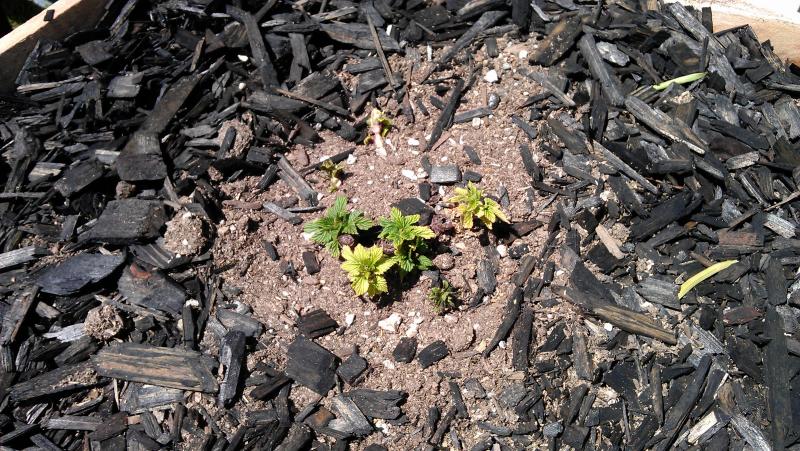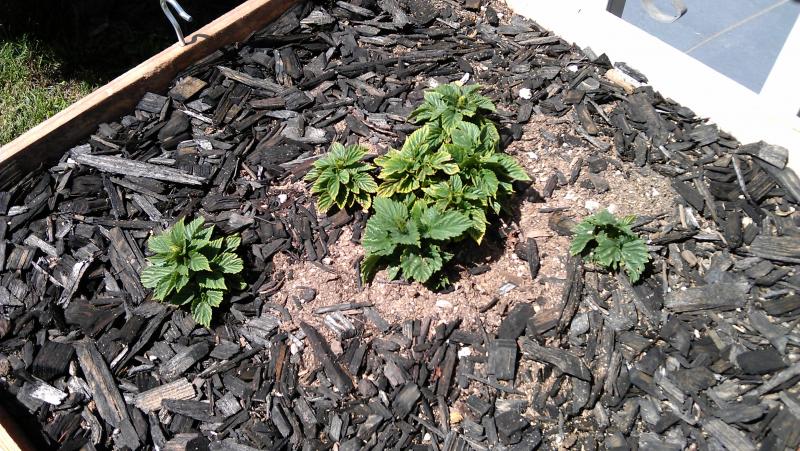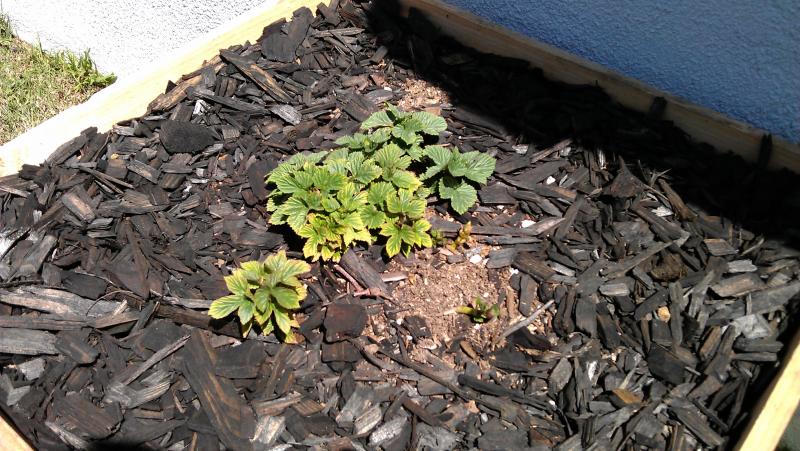Hey all,
First, let me preface by saying that I have scoured any resources that I could find to answer it myself, but to no avail... Also, I consider myself pretty green-thumbed, and have a pretty good understanding of pH, N-P-K needs and symptoms, and general pest problems.
These are all second year hops. First year they were in 20" round plastic planters. In January they were moved to 24" ceder nursery tree boxes (about 2x the soil volume). The soil is organic potting mix, compost, and some good draining mix. I live in Orange County, California and so frost is not an issue at all anymore, if ever.
Basically they all seem to be moving sooo slowly and look stunted. Some discoloration is noted, starting at the edges of the leaves, with some turning brown and dying. It almost looks like Nitrogen burning, but I'm not sure and there really isn't that hot of a mix in there. Please lend a hand if you can!!
In order of pics: Northern Brewer, Mt. Hood, Magnum, and Nugget.
("Rasta" in last pic makes a good guardian, making sure no one messes with the hops!!! - she won't mess with or eat them either, so I'm not concerned.)




First, let me preface by saying that I have scoured any resources that I could find to answer it myself, but to no avail... Also, I consider myself pretty green-thumbed, and have a pretty good understanding of pH, N-P-K needs and symptoms, and general pest problems.
These are all second year hops. First year they were in 20" round plastic planters. In January they were moved to 24" ceder nursery tree boxes (about 2x the soil volume). The soil is organic potting mix, compost, and some good draining mix. I live in Orange County, California and so frost is not an issue at all anymore, if ever.
Basically they all seem to be moving sooo slowly and look stunted. Some discoloration is noted, starting at the edges of the leaves, with some turning brown and dying. It almost looks like Nitrogen burning, but I'm not sure and there really isn't that hot of a mix in there. Please lend a hand if you can!!
In order of pics: Northern Brewer, Mt. Hood, Magnum, and Nugget.
("Rasta" in last pic makes a good guardian, making sure no one messes with the hops!!! - she won't mess with or eat them either, so I'm not concerned.)






